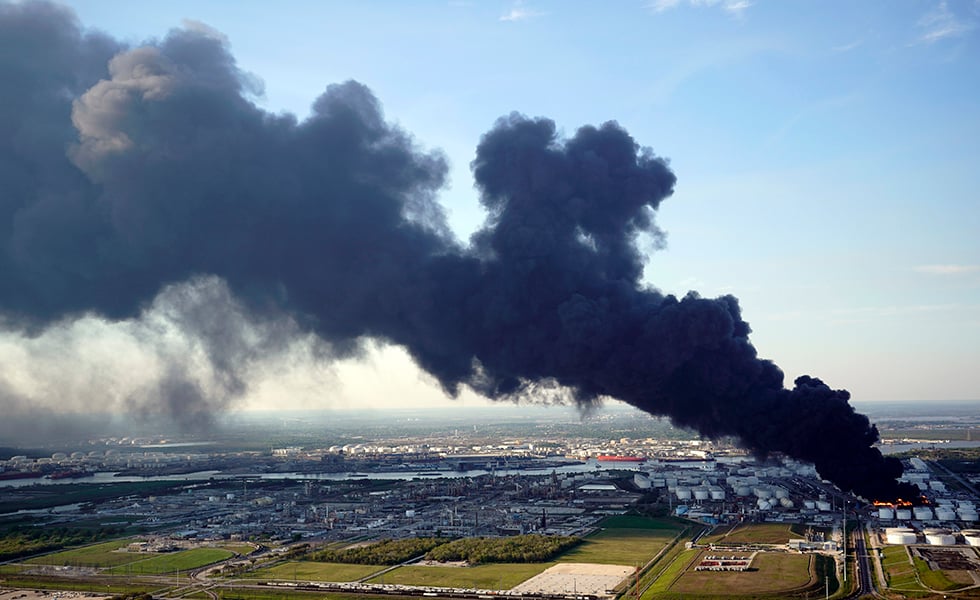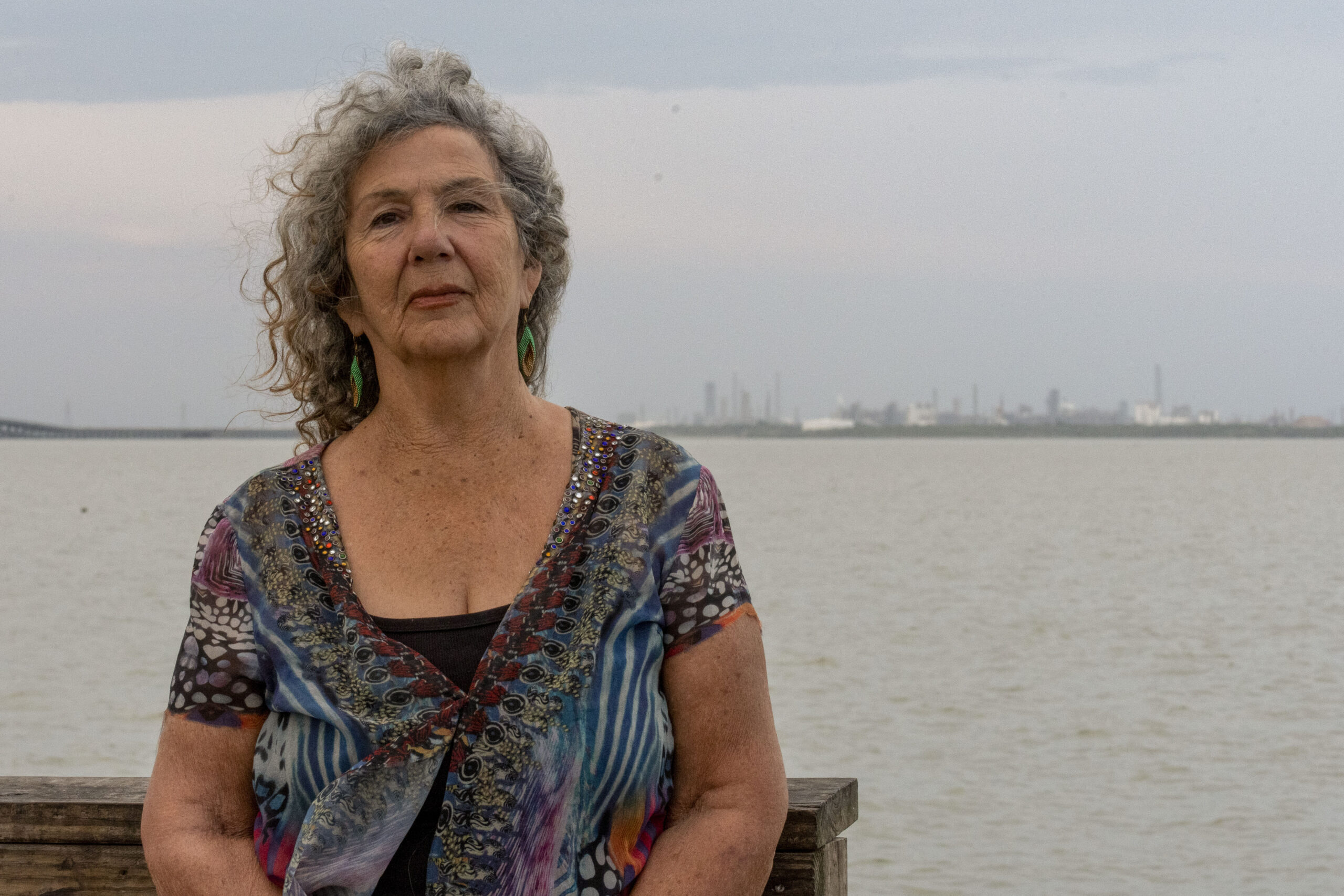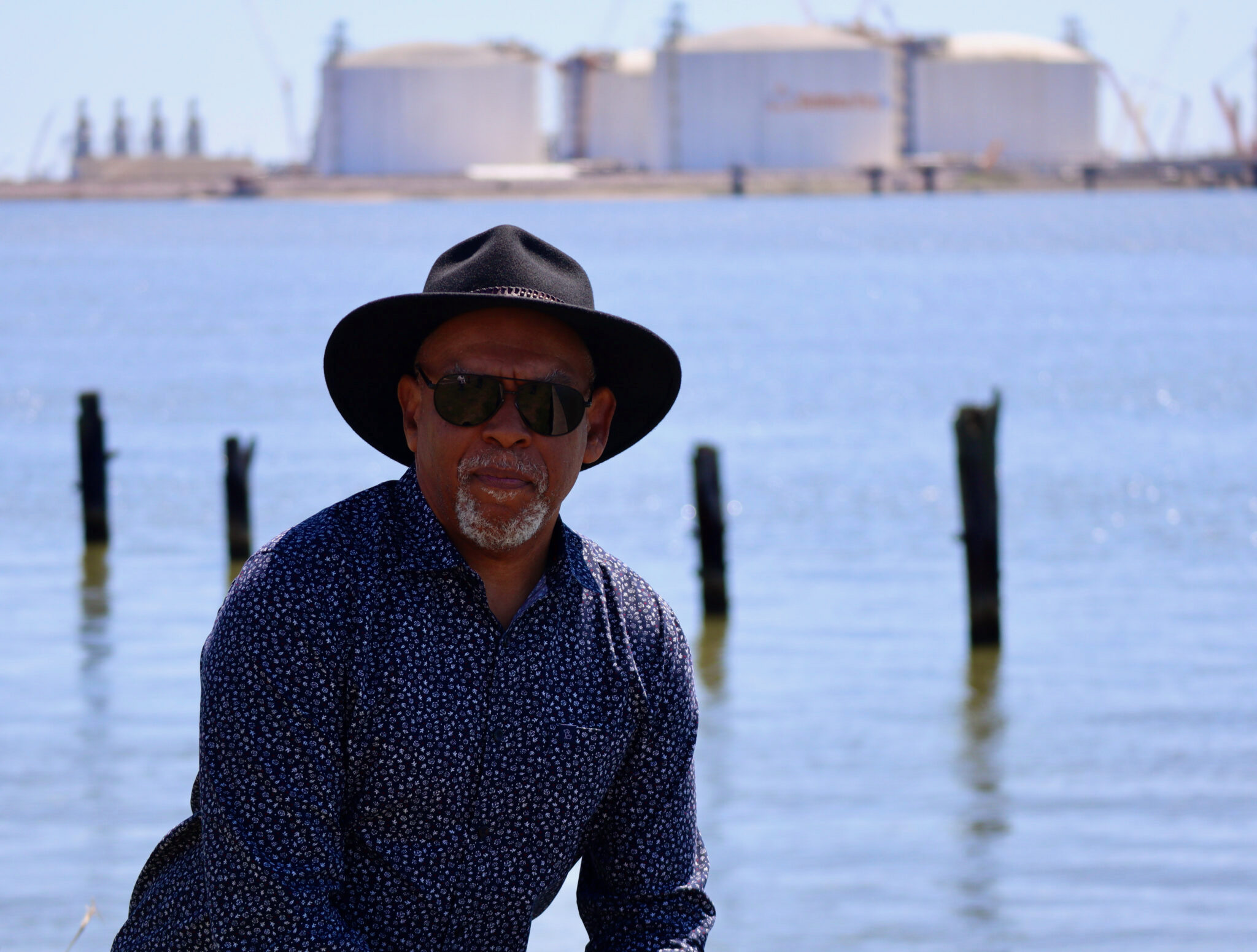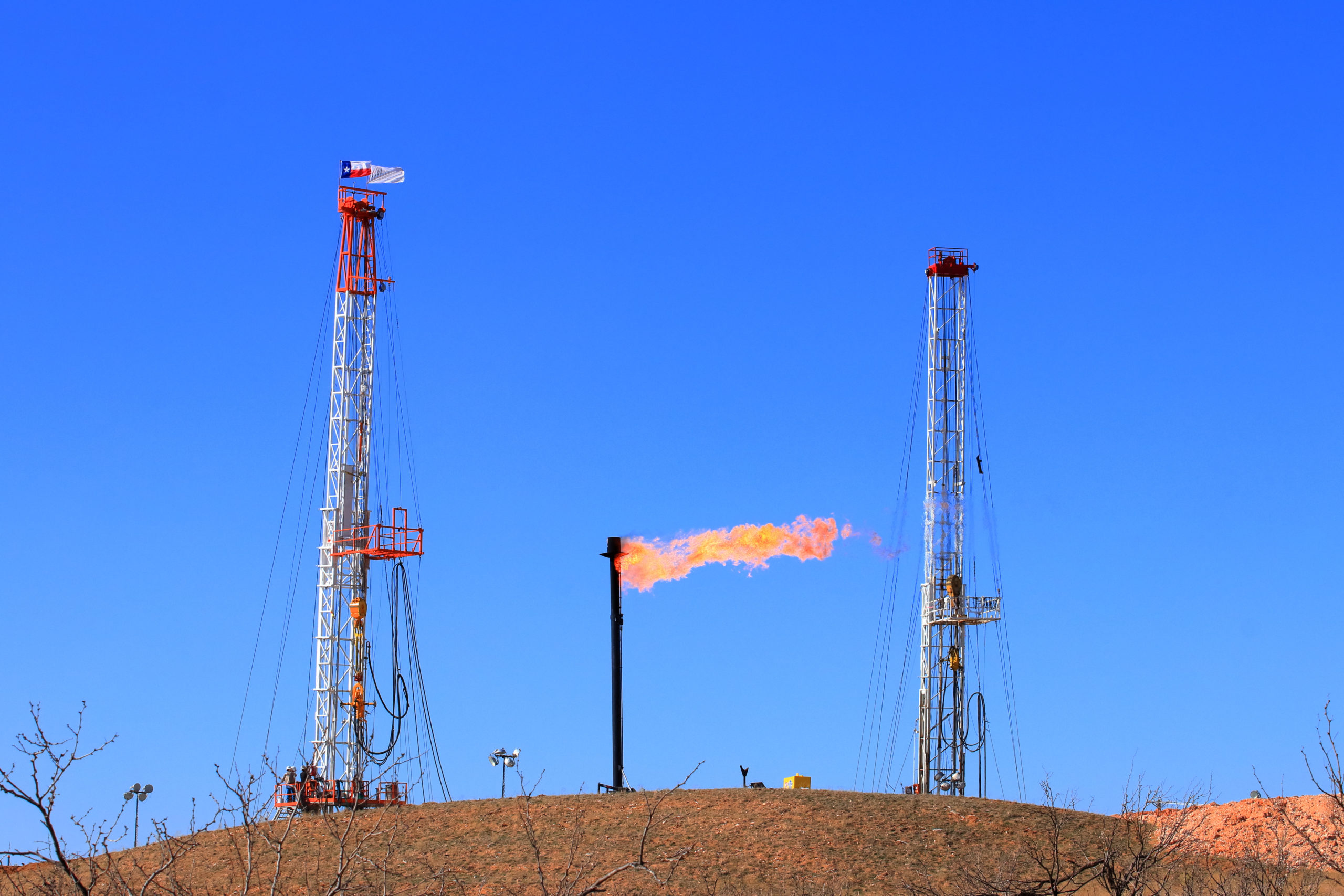
Editorial: Air Pollution Was Already Killing Us. Then Came the Coronavirus. Why Won’t the EPA Act?
By refusing to strengthen particulate matter standards, the EPA is putting more people at risk.
Brett Perkison suffers from asthma. It’s mild, but it’s part of his life. A physician who practices in suburban Houston, Perkison said that when he goes for a run at the end of the day, when streets and freeways jam with commuters hurrying home and tens of thousands of internal combustion engines rev up in unison, expelling tiny particles and other air pollutants, “I don’t do very well.”
He hears the same from his patients. And he heard the same during a recent study he led with other researchers of 200 African Americans, a group, with Hispanics, who suffer a disproportionately high prevalence of asthma. The more severe their symptoms, the more air pollution had affected their lives.
Perkison heard them express frustration, isolation, depression, anxiety. Some, he said, don’t even bother going out at rush hour. They can’t. Others said that dirty air forces them to stay home, which makes working regularly difficult—which makes affording rent, groceries, and other necessities difficult, too, let alone the cost of health insurance or an ambulance ride to the emergency room.
Air pollution is especially hard on seniors, pregnant women, and children, who are forced to miss school and stay inside instead of joining friends at the playground or the park. Around the world, air pollution is responsible for as many as 7 million premature deaths each year—more than AIDS, tuberculosis, and malaria combined. But the crisis of air pollution isn’t always visible—at least when there isn’t a dark plume lingering in the sky from one more chemical disaster.
The eight-county Houston region, where I live, has never met the Environmental Protection Agency’s health-based standards for ozone pollution. Currently, Dallas, Fort Worth, and San Antonio don’t, either. In 2019, my city experienced 29—nearly an entire month—of “ozone action days,” when pollutants from tailpipes and smokestacks chemically react in the heat and sunlight to create air that’s so unhealthy the Texas Commission on Environmental Quality (TCEQ) advises us to stay inside as much as we can.
Already, Houston has had two of those ozone action days this spring, coinciding, ironically, with orders from local leaders to stay home to slow the spread of the coronavirus.
The larger relationship between coronavirus and air pollution is one scientists are just beginning to understand. One preliminary nationwide study shows that areas with high levels of air pollution have seen higher death rates from COVID-19. Anyone can be infected, of course, but not everyone will be equally affected—and air pollution has a lot to do with the difference, as it contributes to heart and lung diseases and many other underlying conditions that are making COVID-19 more deadly.
In fact, the communities in Houston that have been most devastated by COVID-19 so far have been characterized by David Persse, the city’s top health authority, as those living with “decades of disparities” in everything from food security to access to medical care and transportation to environmental exposure.
One of the first Houstonians to die from COVID-19 was James C. Campbell, an 88-year-old man who lived in Pleasantville, a historic African American community on the east side of the city that is inundated with pollution from two interstates, heavy delivery trucks, metal recyclers, and salvage yards. So far, working-class communities like Pleasantville—as well as Sunnyside, Fifth Ward, Port Arthur, and communities in Louisiana’s so-called “Cancer Alley”—appear to have been hit the hardest by the pandemic.
“The science shows, if we could have a stronger standard, we can prevent [not only] deaths, but also asthma attacks, heart attacks, lung disease, preterm births, and other health conditions.”
As Perkison told the Observer in March, the terrible history of environmental injustice and racism has led to “a lot of immune systems that aren’t where they should be.” Why then—ever, but especially during the spread of a virus that attacks our respiratory systems—would the Environmental Protection Agency (EPA) abandon its responsibility to protect us?
In April, as the curve so many of us stayed at home to flatten spiked with more and more confirmed cases, the EPA finished a five-year review required by the Clean Air Act of those tiny airborne particles, known as fine particulate matter, that aggravate Perkison’s and other Texans’ asthma and are linked to heart and lung diseases and cancer. EPA scientists found that strengthening the current standard for fine particulate matter, which allows 12 micrograms per cubic meter, to 9 micrograms per cubic meter could save more than 10,000 American lives every year.
As tens of thousands of Americans were dying from COVID-19, EPA leadership said, essentially, no: They weren’t going to do it.
Many scientists (and environmental lawyers, too) don’t believe that the current standard is strong enough to be protective of everyone’s health. The standard, set in 2012, contributes to at least 45,000 early deaths a year, EPA’s scientists found. A new analysis by the Environmental Defense Fund and the Harvard School of Public Health found that fine particulate matter contributed to more than 5,000 early deaths and nearly $50 billion in economic damages just in the Houston region and just in 2015.
“A large portion of our population is being exposed to levels that the federal government recognizes are not safe,” said Dr. Grace Tee Lewis, an epidemiologist with the Environmental Defense Fund who’s based in Houston. “The science shows, if we could have a stronger standard, we can prevent [not only] deaths, but also asthma attacks, heart attacks, lung disease, preterm births, and other health conditions.”
Doesn’t it also follow that we could help to make those “immune systems that aren’t where they should be” more able to fight off attacks like COVID-19?
But EPA leadership shrugged. What’s 10,000 American lives? They’re now collecting public comments on the decision, but it’s one of several this spring expected to be rushed through as the pandemic wears on.
They moved quickly during this crisis to undo fuel economy standards and rewrite regulations about mercury pollution. They made it clear to industry that the pandemic could force them to suspend enforcement of noncompliance with environmental laws and that companies should just … monitor themselves. “Act responsibly,” they said.
Eric Schaeffer, who worked for the EPA for more than a decade before founding a nonprofit, the Environmental Integrity Project, said, “I never, ever see, in this administration, a decision on whether a standard is protective enough or what the health impacts will be that I have any confidence in at all.”
One of the reasons for the quality of the air we breathe in this country is strong government action. Ours still isn’t the “clean” air promised by the law established in 1963, but when our leaders set and enforce policies based on the latest science, the policies save lives, inspiring confidence in the ability of a government to protect our health and safety. It sounds nice! It’s time to reimagine the “normal” that so many are clamoring to get back to. Normal, for too many Texans, as Tee Lewis said, meant “living with a higher pollution burden in their daily lives, even before COVID-19 showed up.”
Polluters won’t protect us. The only thing big enough to clean our air, Beth Gardiner, the author of Choked: Life and Breath in the Age of Air Pollution, told me, is government. For the next 60 days, the EPA is collecting comments on their decision.
Find all of our coronavirus coverage here.
Read more from the Observer:
-
State Employees Criticize Texas’ Uneven Approach to Worker Safety Amid COVID-19: A slow, patchwork response to COVID-19 has jeopardized worker safety for some of Texas’ lowest-paid public employees.
-
COVID-19 Cases Now Tied to Meat Plants in Rural Texas Counties Wracked with Coronavirus: The outbreaks, which are being investigated by the state health agency, represent the first reported cases of the virus inside Texas meatpacking plants, and are in rural areas where medical resources are already stretched thin.
-
Spinning Their Wheels: Dallas’ paltry public transit system makes owning a car all but required. So as the metroplex booms, many low-income residents are shut out of jobs and services they need.


